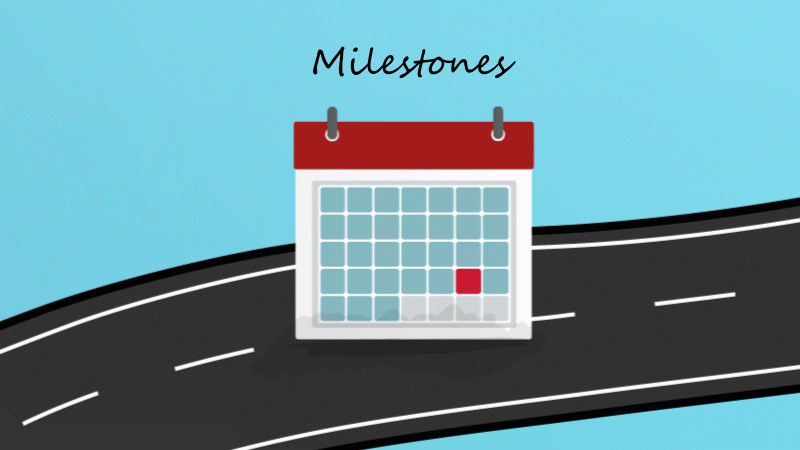
This logo isn't an ad or affiliate link. It's an organization that shares in our mission, and empowered the authors to share their insights in Byte form.
Rumie vets Bytes for compliance with our
Standards.
The organization is responsible for the completeness and reliability of the content.
Learn more
about how Rumie works with partners.
Does your project need some direction?
Create a project scope that lists your project's:
goals and deliverables
milestones
obstacles
stakeholders
Present your project's scope in a document called a scope statement or statement of workthat guides the project to its end goal, on time and within budget.
What Are The Project Goals?
The scope includes goals and deliverables for the project.

Goals are what your project will achieve for the customer or client. Will it increase sales targets or contribute to the community?
Deliverables support the project goalslike a performance report, a prototype, or a demonstration.
TIP: Be flexible!
Goals may change or shift because of obstacles that come up during the project.
When writing the project goals, involve everyone on the project. They may help you include things you missed or avoid goals that will cause a scope creep.
Did you know?
What Are Potential Obstacles?
These are hard to predict, so start with any obstacles that may come up and work outward.

What could cause an increase in budget or delay the project?
Someone got sick and cannot work on the project.
A stakeholder wants to add a few deliverables that will increase production time.
The client changes their mind about the goals half-way through the project.
 TIP: Think ahead!
TIP: Think ahead!
Include every possible thing that could go wrong with the project and then create a back-up plan.
Outline Resources
Make a list of all the resources the project will need.

Include potential costs and savings, supplies, and hours of work.
Include anything or anyone you still need to acquire.
Share the list with the client or stakeholder.
 TIP: Be thorough!
TIP: Be thorough!
Include as much relevant information as you can.
List Milestones
Milestones are key tasks with specific deadlines.

The scope only shows the major milestones.
It's a general timeline for the project, so more details can be added later.
Each milestone has a deadline to work towards.
 TIP: Budget extra time!
TIP: Budget extra time!
What do you do if you miss a milestone? Budget extra time at the end of the project for this scenario so you can adjust as you go.
Quiz
John is preparing a presentation for a client. Which of these tasks is a major milestone?
The first draft is an important milestone because it contains all the graphics and text that would be reviewed by the stakeholders. The other are sub-tasks to support the delivery of the milestone.
Create A List Of Stakeholders
A stakeholder is anyone who has high-level interest or money invested in the project.

Use the milestone as a guide to identify who the clients and/or stakeholders are.
The list should include what they are responsible for.
Include anyone that makes important decisions or final sign-offs.
Anyone important to the project who's not a stakeholder can be listed as a "resource."
 TIP: Be specific!
TIP: Be specific!
Clearly outline the specific responsibilities of everyone on this list.
Quiz
Joan is making a list of people for an upcoming distribution project. Who is considered a stakeholder?
All of these people are important for the project to run successfully but only Joan's manager would be listed as a stakeholder because she has final decision-making responsibilities.
Take Action

Creating a clear project scope is essential to planning, managing, and completing a project successfully.
Before you write your next project scope, ask yourself:
This Byte has been authored by
Joanna Vieira
Graphic Designer/eLearning Designer/ID